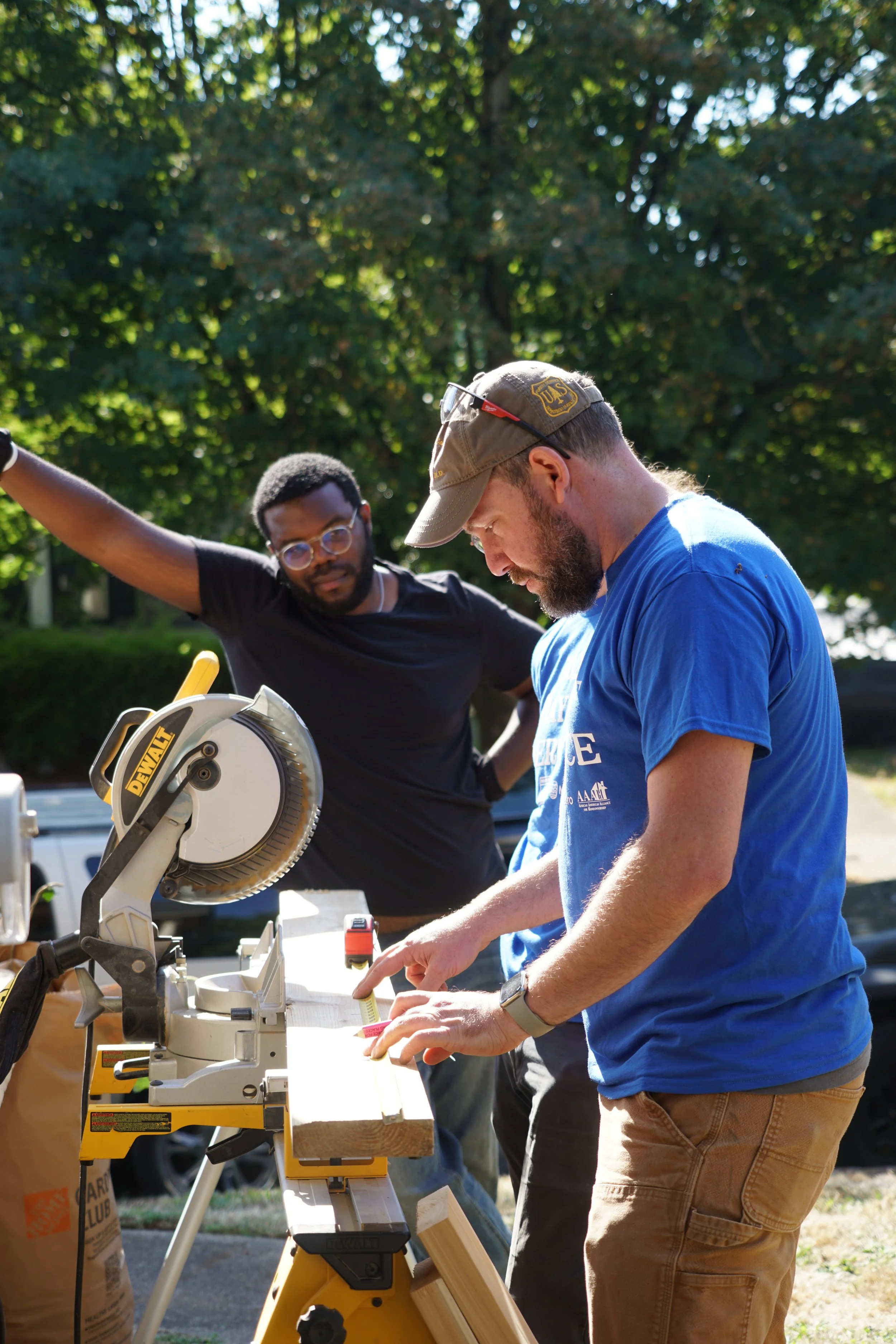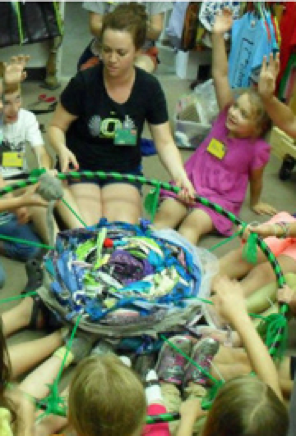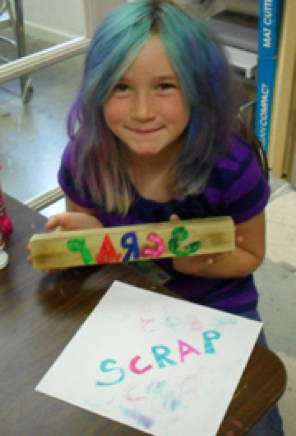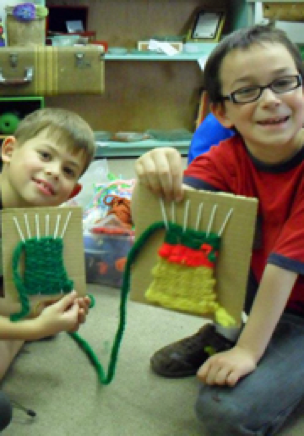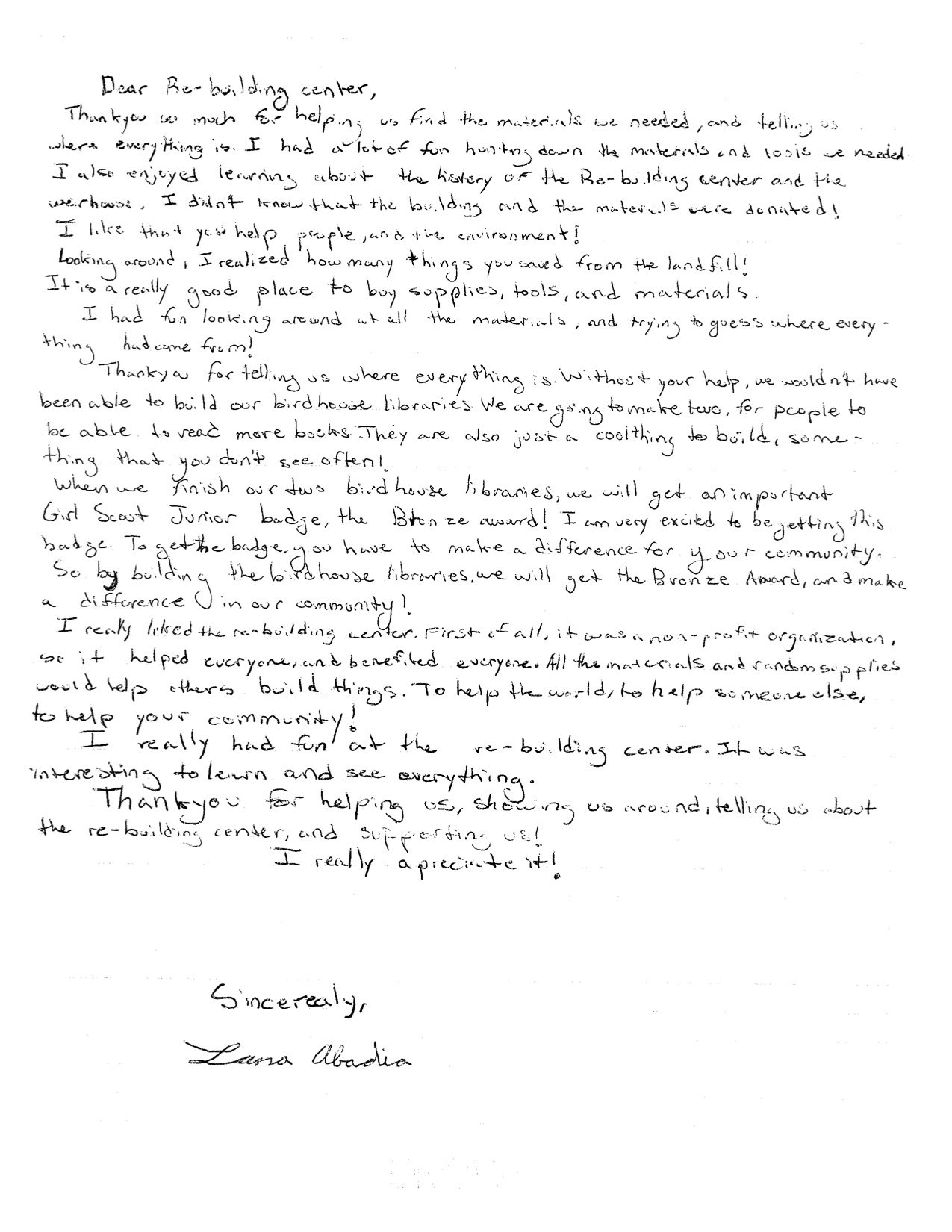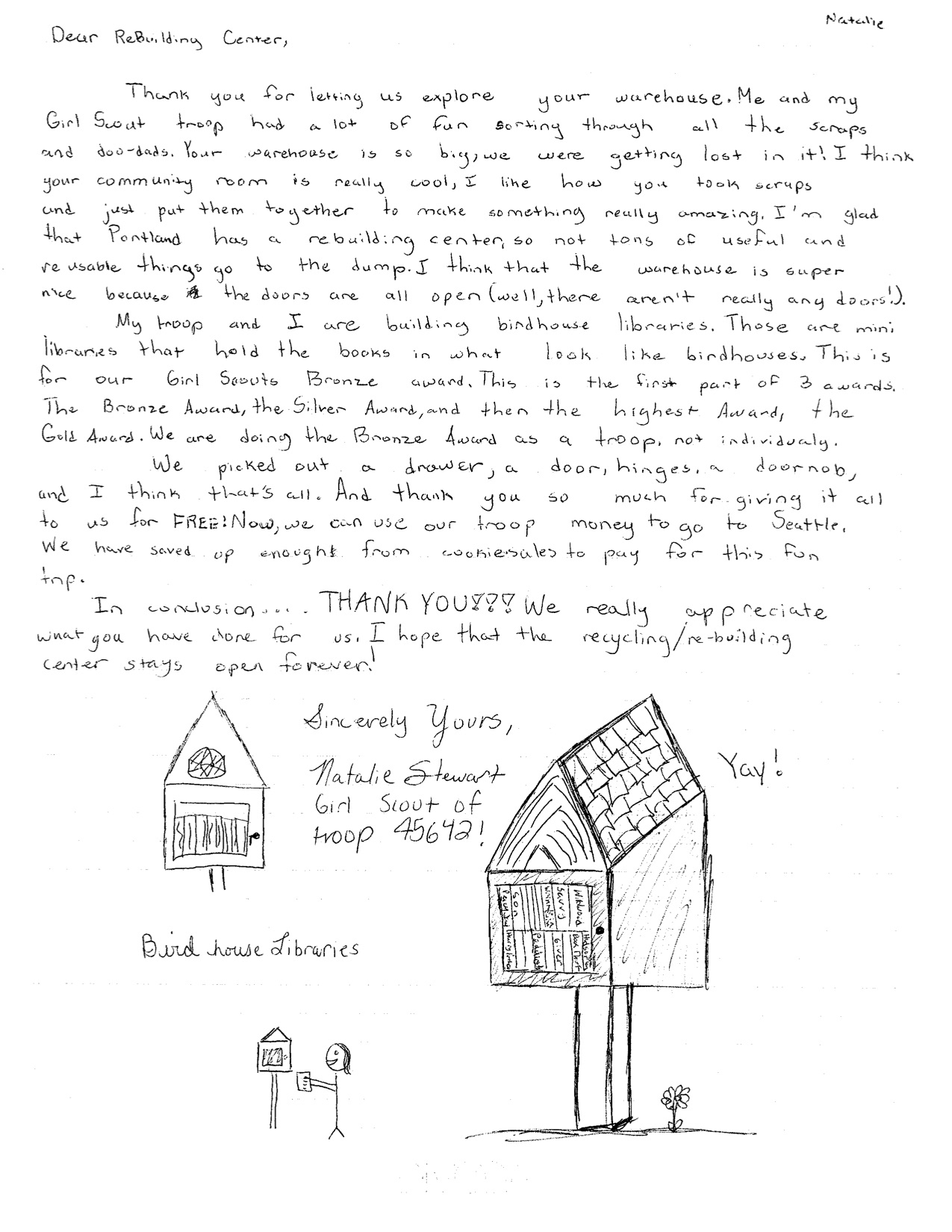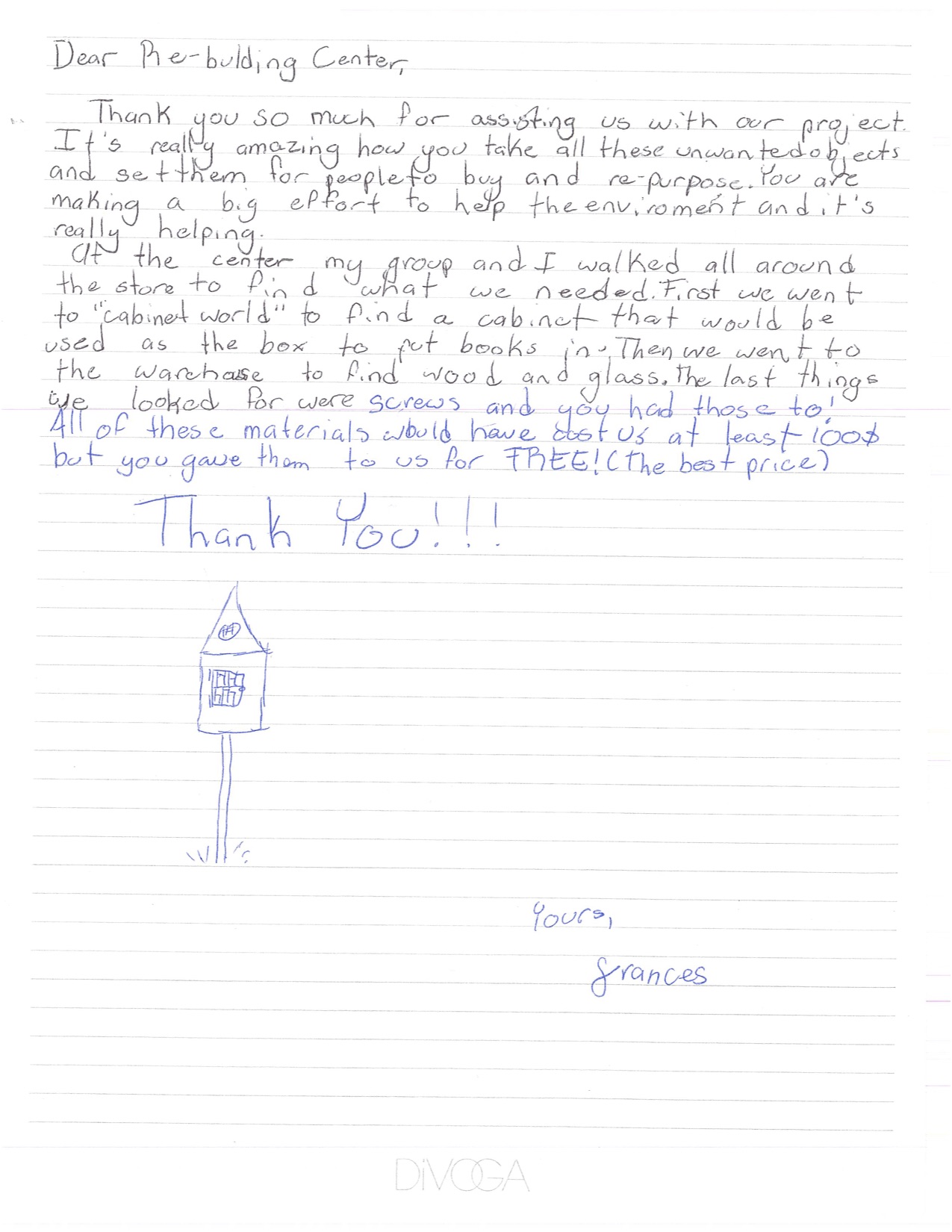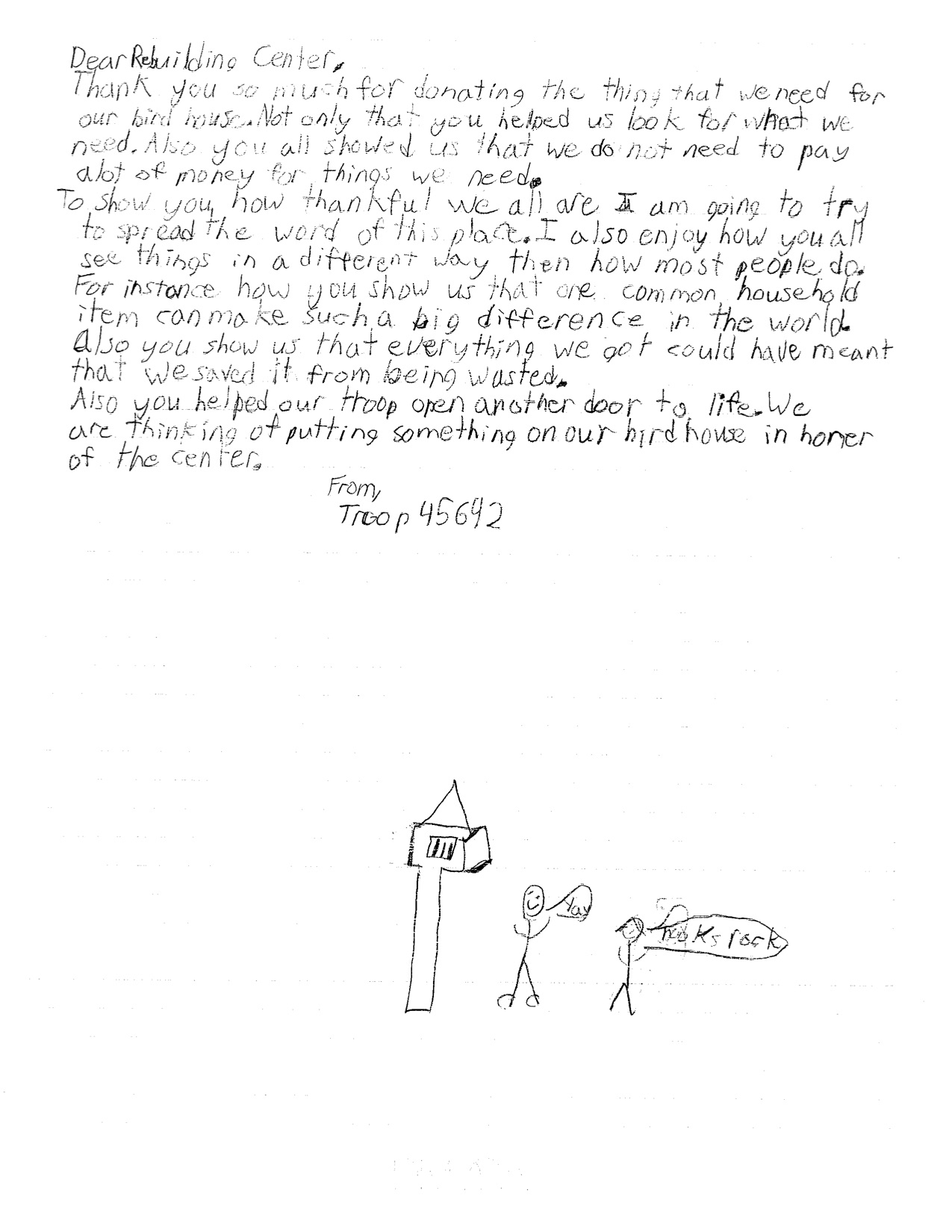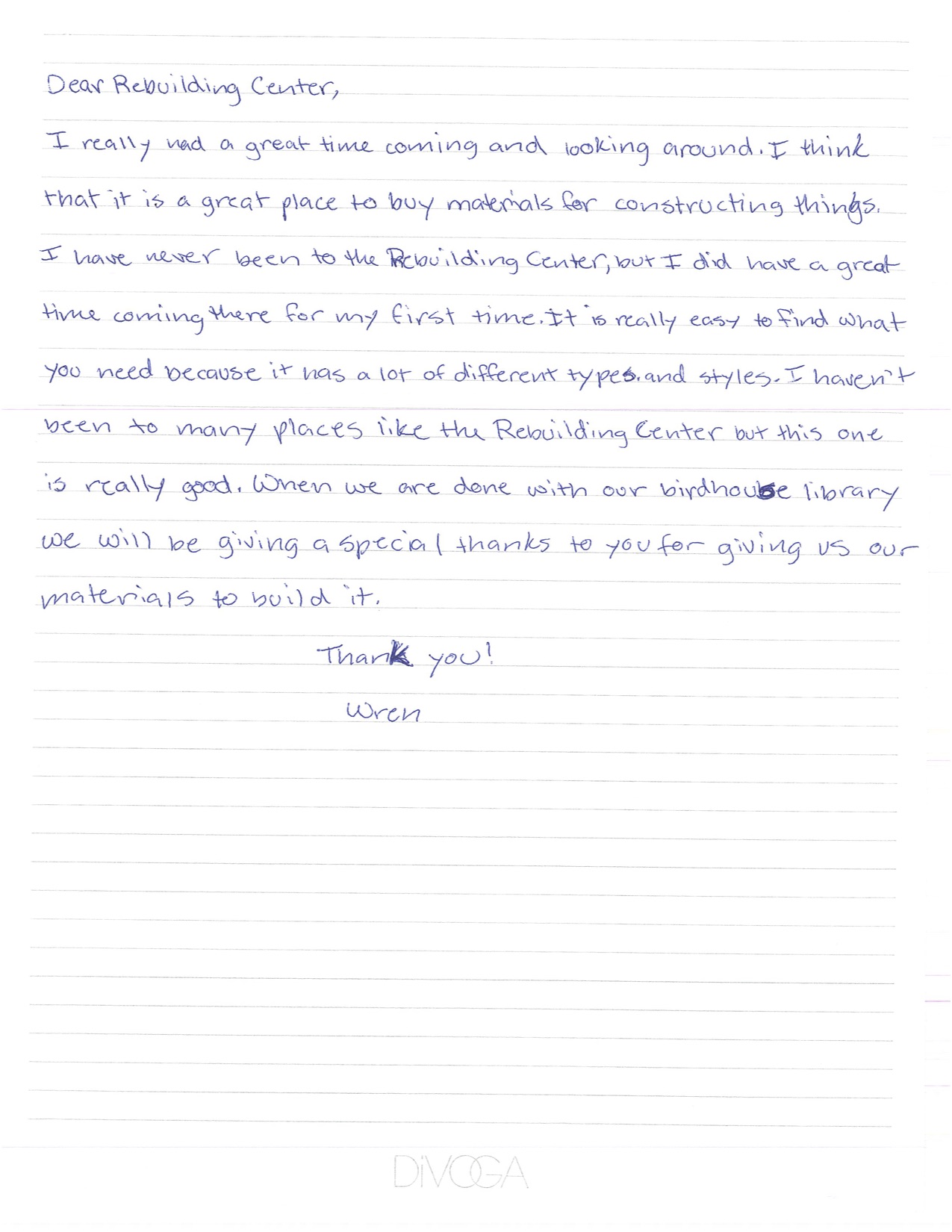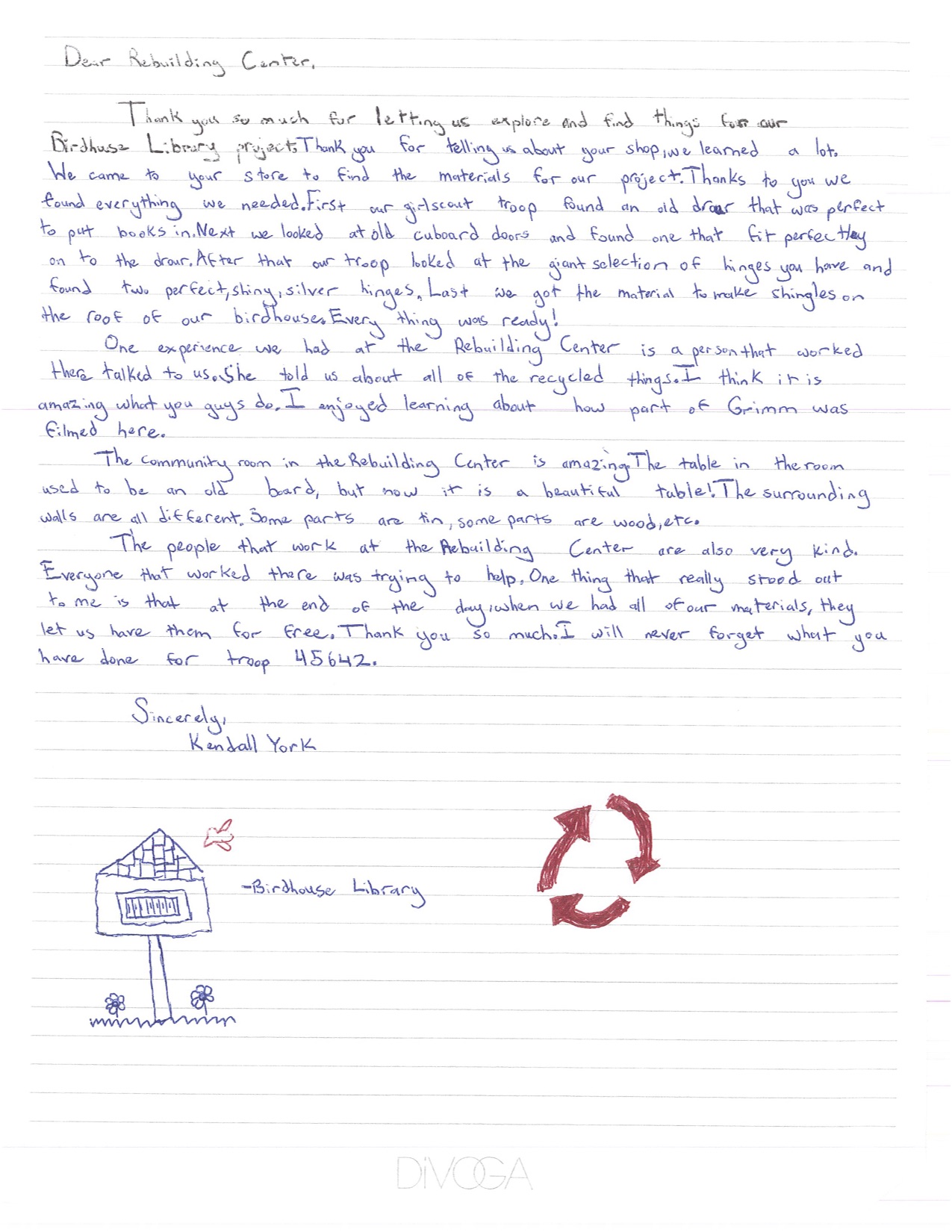We have all seen old windows up for grabs on our neighborhood forums and in the aisles of The Rebuilding Center. Once you’ve snagged these single pane lead-filled beauties, what next? Here are some ideas of how you can reimagine old or unneeded windows.
Coat Rack
Supplies Needed
- Window
- Knobs or hooks
- 1"x4” piece of lumber
- Screws to fasten it all together
- Your favorite images
Cut your piece of lumber to size and fasten to the top of your window frame. This will be a shelf for your coat rack. Find your favorite knobs and hook and attach them to the front bottom of your window frame. Glue or tape your favorite images of your friends and family to the back of the window facing forward. That is all that this quick DIY project takes. You can always finish the shelf with paint to match your window frame. With the exception of your favorite images, all the items can be found at the Rebuilding Center.
NOTE: To avoid splitting of the wood, pre-drill smaller holes in your frame before fastening screws.
Chalkboard
Supplies Needed
- Window
- Knobs or hooks
- Chalkboard Paint
- Screws to fasten your hardware
This is another simple DIY project. Paint the glass pane with your favorite colored chalkboard paint. Fasten your favorite hardware, keep in mind your needs based on where you will place your chalkboard. If you will have it in your kitchen, it could be cute to hang tea towels or your favorite coffee mug. If you want to hang it in your office or kid's room think about the hardware you will need for your use. Some alternatives to using chalkboard paint are dry erase board paint or magnetic paint. Once the paint is dry, you are ready to go!
Planter
Supplies Needed
- Window frame
- 1"x6” piece of lumber
- Hook screw
- Chain
- Screws to fasten your lumber
- Potted plant
This DIY project is great for an empty window frame or broken window reuse. Carefully remove the glass from your frame. Cut the lumber to the length of your window frame. Ensure that the 1"x6” is wide enough to provide stability to your frame. You can use wider or narrower wood depending on the height of your frame. Fasten the lumber to your frame with screws. Pre-drill a smaller hole and screw your hook in the top of the inside of the frame. Before you add your plant to your pot, drill holes for the chain. We used a metal pot; you may have different requirements depending on the type of pot you use. Ensure that the chain is the right length based on where you want the pot to hang. Connect the pot to the chain, add your favorite plant and hang the chain on the hook.
Cabinet
Supplies Needed
- Lumber
- Screws
- Hinges
- Knob
This DIY project requires more cutting and fastening than the above projects and could be a nice day project. The dimensions of your cabinet will depend on the size of your window. For this one I used 1"x2", 1"x6", and 1"x8" pieces of lumber for the sides and the back. I also used two rows of 1"x2" for the shelves. Your window will be the door. I measured the length of my window and added an additional 5". I added 2" to the bottom so the door doesn’t drag on the ground and I added 3" to the top so I can have an exterior shelf. Fasten three sides of your cabinet together using a 1"x2" strip for the rear and 2"x2" for the sides which also doubled as what will hold my shelving in place. So ensure the placement of the 2"x2"s on the sides match. Also make sure all the lumber is even height to avoid any teetering that might occur. Next cut the shelving and place it on the 2"x2" strips. You can fasten it in place but there is really no need. I found it easiest to place the cabinet on its back to install the door (window). Placing your hinges strait and at the same depth is important for the door to swing open with ease. Add your hardware and you are ready to go!
NOTE: The window I used was very heavy so when the cabinet was open it would tilt forward. This standing cabinet will have to be mounted to the wall to use.



